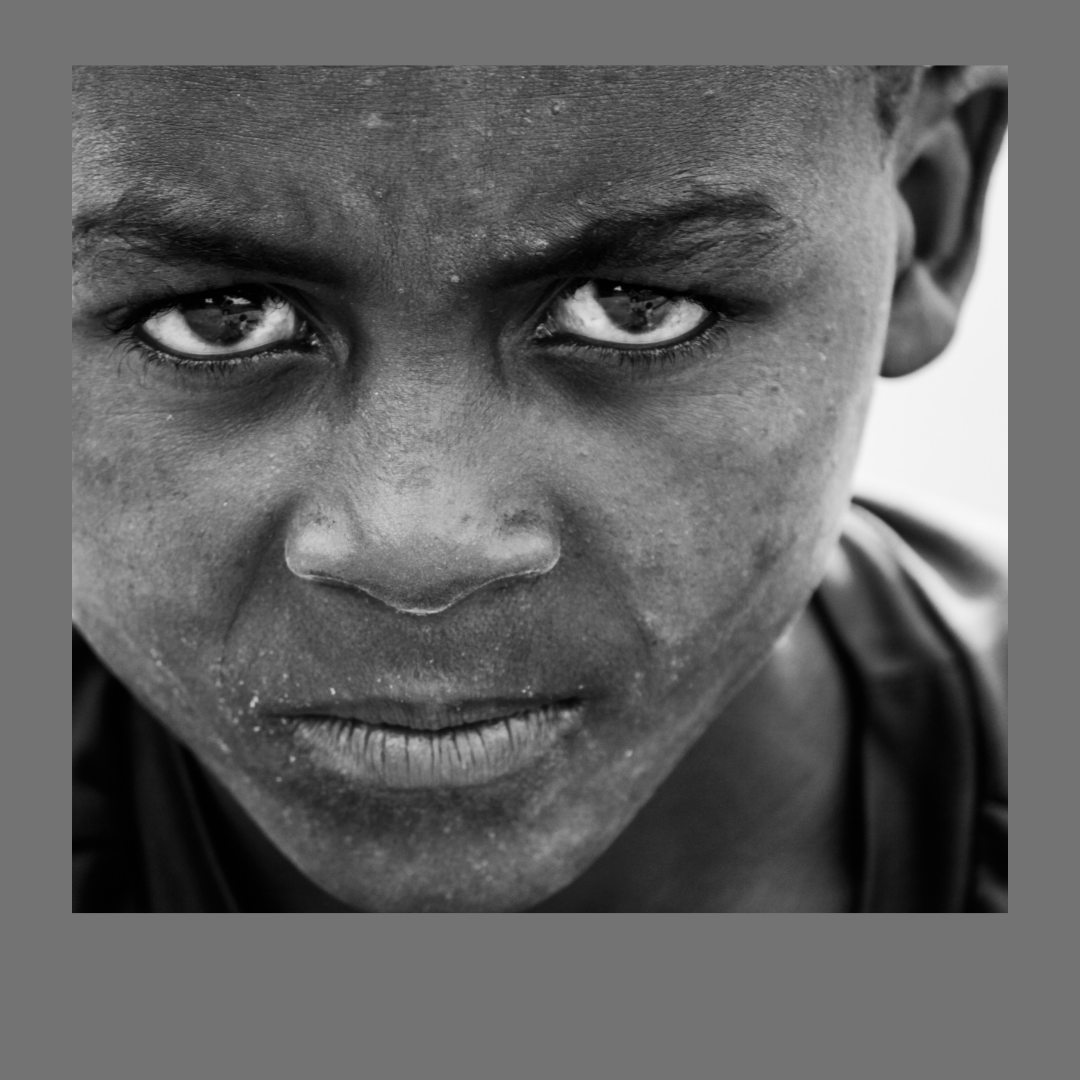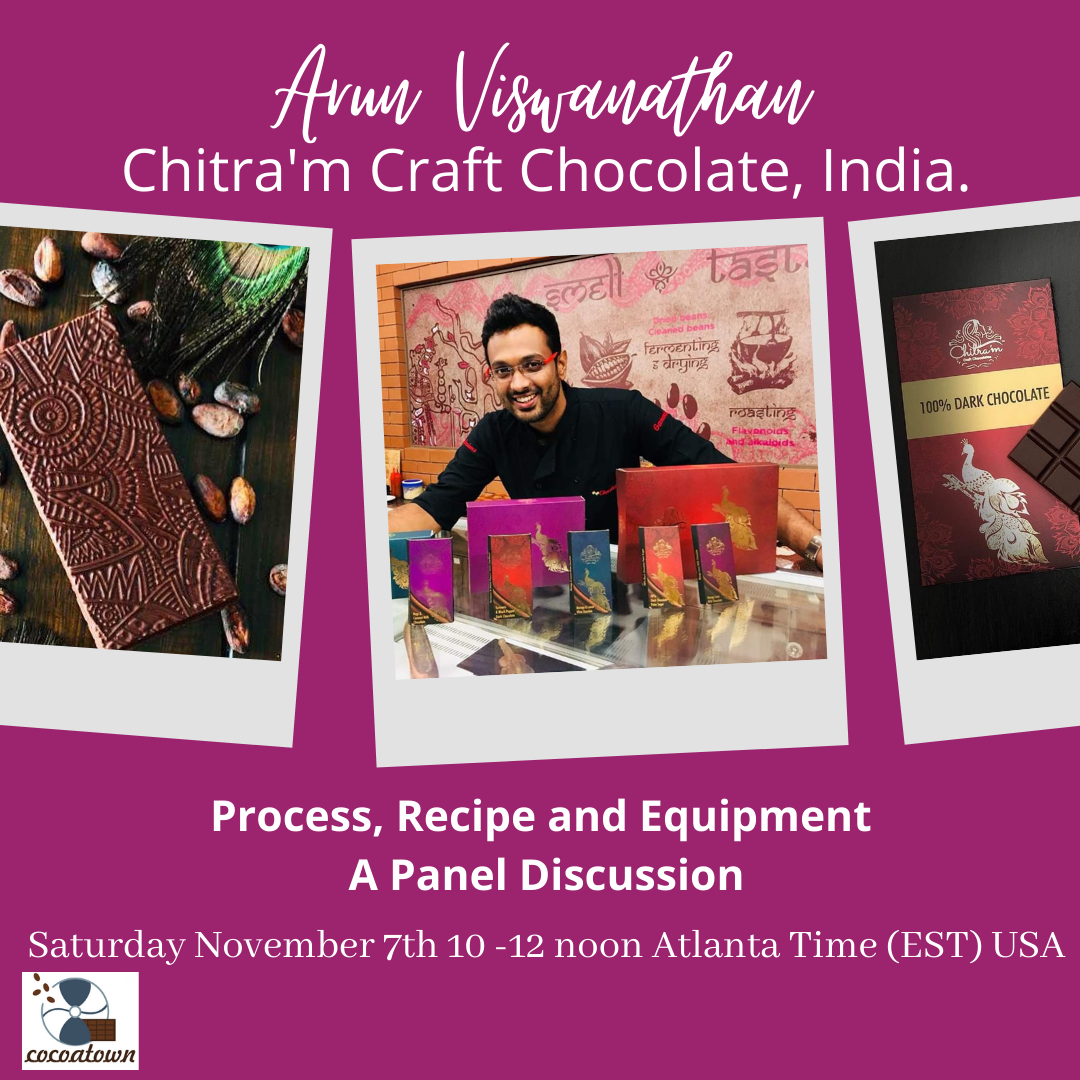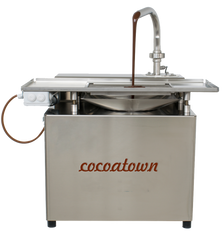
FCIA talks about Addressing Poverty and Child Labor in Cocoa
Are you a cocoa farmer, cocoa bean trader or chocolatemaker? What steps are you and your company taking to make sure that the ingredients you produce/ source does not involve child labor? Let the world know that all the cocoa / chocolates are not related to child labor.
Most cocoa is grown in West Africa. In recent years, production in this region has expanded and currently accounts for over 70 percent of global supply. The nearly 2 million farms in the region are managed by families on individual landholdings of less than 5 acres. In these rural areas, there is limited infrastructure, social services, or regulatory oversight. Since farming is a family business, children routinely help to clear land, maintain orchards, and harvest cocoa. This can involve hazardous work such as pesticide applications, machete use, and carrying heavy loads. Many children living on farms do not have access to or attend school. The overarching problem in the region is a marketing system that clearly benefits large companies and governments, while farmers remain impoverished. Poverty and child labor are invariably interlinked.
|
Most cocoa is grown in West Africa. In recent years, production in this region has expanded and currently accounts for over 70 percent of global supply. The nearly 2 million farms in the region are managed by families on individual landholdings of less than 5 acres. In these rural areas, there is limited infrastructure, social services, or regulatory oversight. Since farming is a family business, children routinely help to clear land, maintain orchards, and harvest cocoa. This can involve hazardous work such as pesticide applications, machete use, and carrying heavy loads. Many children living on farms do not have access to or attend school. The overarching problem in the region is a marketing system that clearly benefits large companies and governments, while famers remain impoverished. Poverty and child labor are invariably interlinked. |
  
|
|
Is there the political will to make this happen? Are there any significant changes to the cocoa marketing system that can result in better equity for farmers? The Fine Chocolate Industry Association (FCIA) and our 300 members represent companies dedicated to promoting and supporting fine chocolate. Although our footprint is small in comparison to the full chocolate industry, our company members are innovative and offer consumers quality and healthy chocolate. This website, Make Mine Fine Marketplace, lists over 80 of our company members who sell chocolate directly to consumers online. Learn about how these companies source cocoa and compensate farmers in Latin America, Africa, and Asia. We also encourage you to take a virtual journey to cocoa producing countries to learn the history, farming and marketing practices, and unique flavor profiles in each country. To reduce cocoa farmer poverty, cocoa farmers need to make more for their crop. Are you willing to pay more for quality chocolate, knowing that you are not only supporting artisan chocolate companies but also helping cocoa farmers and their families? |
 |
For original article: visit Addressing Poverty and Child labor in cocoa - A fine perspective written by Bill Guyton at Make Mine Fine website.



